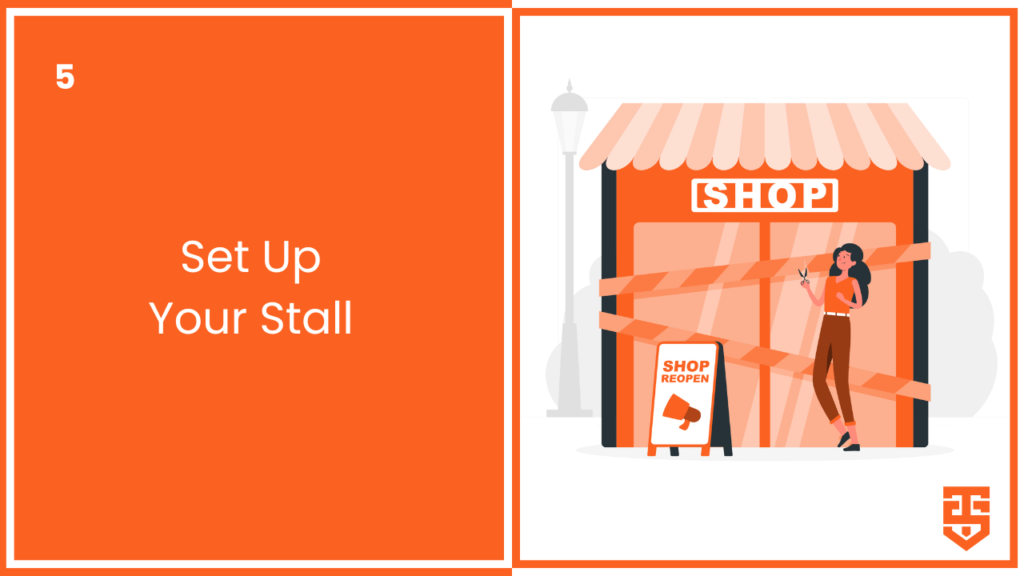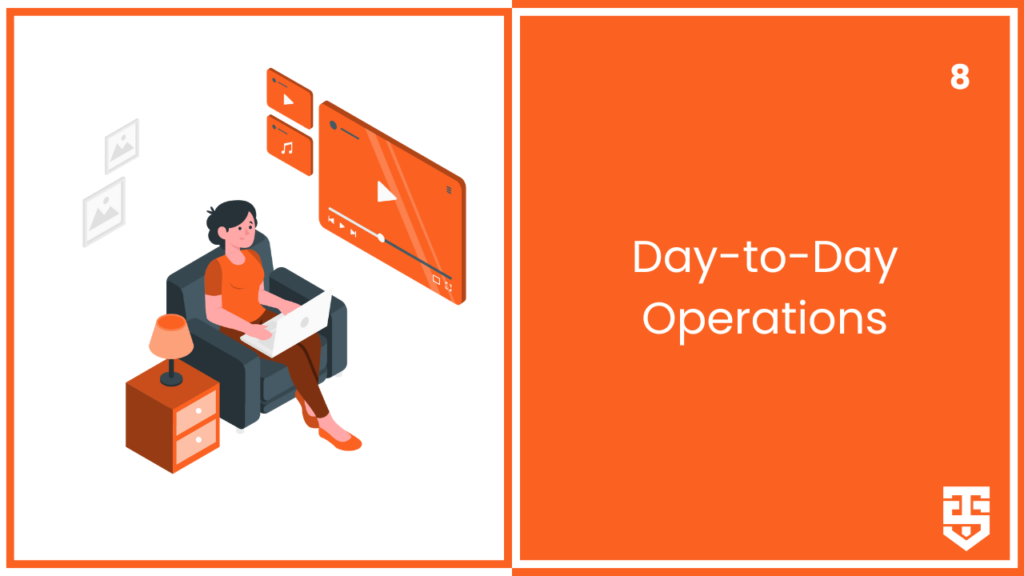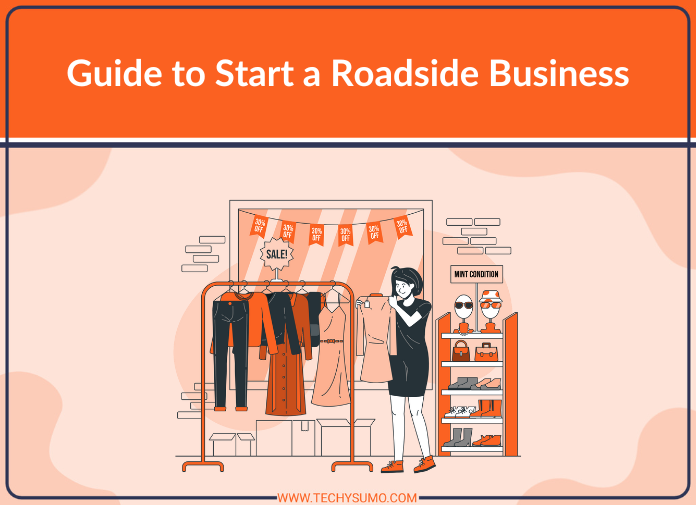Starting a roadside business can be a rewarding venture, offering both flexibility and the potential for significant profits. Whether you’re selling fresh produce, artisanal crafts, or hot food, a roadside business allows you to capitalize on high traffic areas and cater to on-the-go consumers. This guide will walk you through the essential steps to start your own successful roadside business.
Table of Contents
1. Identifying Your Niche

The first step in starting any business is identifying what you want to sell. Consider the following when choosing your niche:
Market Demand
Research what products or services are in demand in your area. For example, if there’s a lack of fresh produce stands, starting a fruit and vegetable stall might be a good idea.
Your Interests and Skills
Choose something you are passionate about and knowledgeable in. This will keep you motivated and confident in your business.
Competitor Analysis
Look at other roadside businesses in the area. Identify what they offer and find a unique angle to differentiate your business.
Also Read
Common roadside business ideas include food trucks, produce stands, flower stalls, and handmade crafts.
2. Craft a Business Plan

A well-thought-out business plan is crucial for guiding your business and securing funding. Your plan should include:
Executive Summary
An overview of your business idea and objectives.
Market Analysis
Insights into your target market, competitors, and potential customer base.
Business Model
Details on what you will sell, pricing strategies, and revenue streams.
Marketing Strategy
How you will attract and retain customers.
Operational Plan
Day-to-day operations, including location, supplies, and staffing.
Financial Plan
Budget, projected income, expenses, and funding requirements.
3. Legal Considerations and Permits

Operating a roadside business involves various legal requirements. Ensure you.
Register Your Business
Choose a suitable business structure (e.g., sole proprietorship, LLC) and register your business name.
Obtain Necessary Permits
Depending on your location and type of business, you may need permits from local health departments, food safety authorities, or municipal governments.
Insurance
Protect your business with appropriate insurance, including liability and property coverage.
Consult local regulations to ensure compliance and avoid legal issues.
Here is the blog that can help you learn importance of legal translation service.
4. Choose the Right Location

Location is critical for a roadside business. Consider:
Visibility
Choose a spot with high traffic and good visibility.
Accessibility
Ensure customers can easily access your location and there is adequate parking.
Permissions
Verify property ownership and obtain permission from the owner if necessary.
Prime locations include busy highways, near popular attractions, or in areas with little competition.
5. Set Up Your Stall

The setup of your roadside business should be appealing and functional. Key elements include:
Structure
Depending on your business, you may need a tent, stand, food truck, or trailer.
Signage
Clear, attractive signage is essential to draw in customers. Include your business name, offerings, and prices.
Equipment and Supplies
Ensure you have all necessary equipment (e.g., cooking appliances, display stands) and supplies (e.g., ingredients, packaging).
Invest in high-quality, durable materials to withstand outdoor conditions.
6. Source Your Products

Quality products are the backbone of your business. Whether you’re selling food or crafts, consider:
Local Suppliers
Partnering with local farmers, artisans, or suppliers can ensure fresh, high-quality products and support the community.
Cost-Effectiveness
Balance cost and quality to maintain a profitable margin.
Inventory Management
Maintain an inventory system to manage stock levels and avoid shortages or waste.
Building strong relationships with suppliers can lead to better pricing and reliability.
7. Marketing Your Roadside Business

Effective marketing is crucial to attract and retain customers. Strategies include:
Social Media
Use platforms like Instagram, Facebook, and Twitter to share updates, promotions, and engage with customers.
Local Advertising
Utilize local newspapers, radio stations, and community boards to advertise your business.
Loyalty Programs
Offer discounts or rewards to repeat customers to encourage loyalty.
Word of Mouth
Provide excellent service to encourage satisfied customers to spread the word.
Consider offering samples or promotions to attract initial traffic.
8. Day-to-Day Operations

Running a roadside business requires efficient daily operations. Key aspects include:
Customer Service
Provide friendly, prompt, and helpful service to create a positive customer experience.
Hygiene and Safety
Maintain high standards of cleanliness and safety, especially if handling food.
Cash Handling
Use a secure cash box or digital payment system to handle transactions efficiently.
Be prepared to adapt and solve problems quickly as they arise.
9. Finance Management

Proper financial management is essential for profitability. Steps include:
Budgeting
Keep track of income and expenses to manage cash flow effectively.
Pricing Strategy
Set prices that cover costs and provide a reasonable profit margin.
Accounting
Use accounting software or hire an accountant to manage financial records and tax obligations.
Regularly review financial performance to identify areas for improvement.
10. Evaluate and Grow Your Business

Once your business is up and running, continually evaluate its performance and look for growth opportunities. Consider:
Customer Feedback
Gather and act on customer feedback to improve your offerings and service.
Sales Analysis
Regularly analyze sales data to understand trends and adjust your strategy.
Expansion
Look for opportunities to expand, such as adding new products, extending hours, or opening additional locations.
Staying responsive to market trends and customer needs will help your business thrive.
Conclusion
Starting a roadside business requires careful planning, dedication, and adaptability. By identifying a niche, crafting a solid business plan, securing the necessary permits, choosing an optimal location, setting up an attractive stall, sourcing quality products, marketing effectively, managing daily operations, maintaining financial discipline, and continually evaluating your business, you can build a successful and rewarding roadside venture. Embrace the journey with enthusiasm and be prepared to learn and grow along the way.






